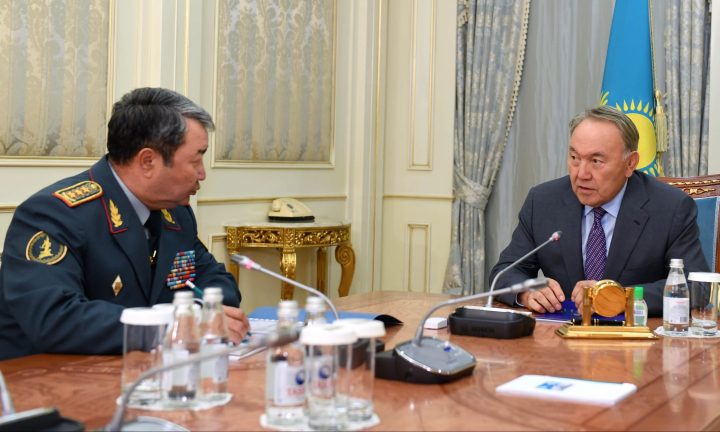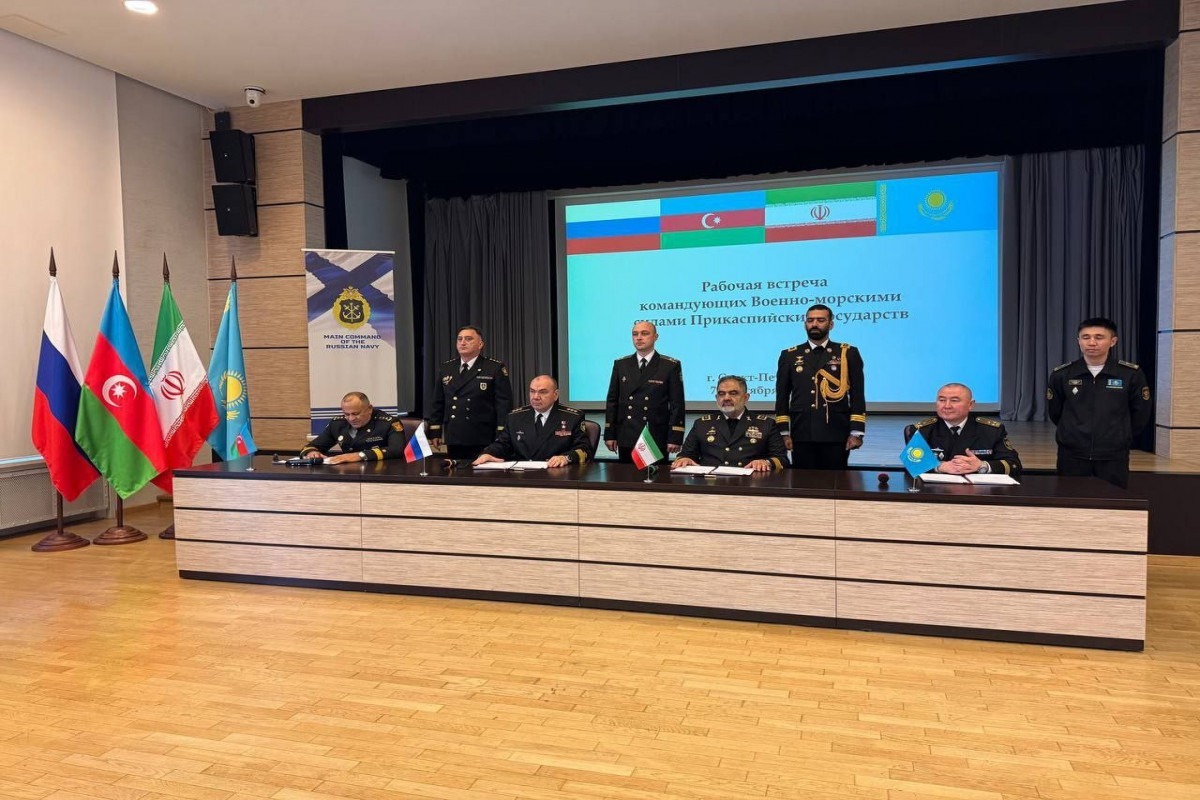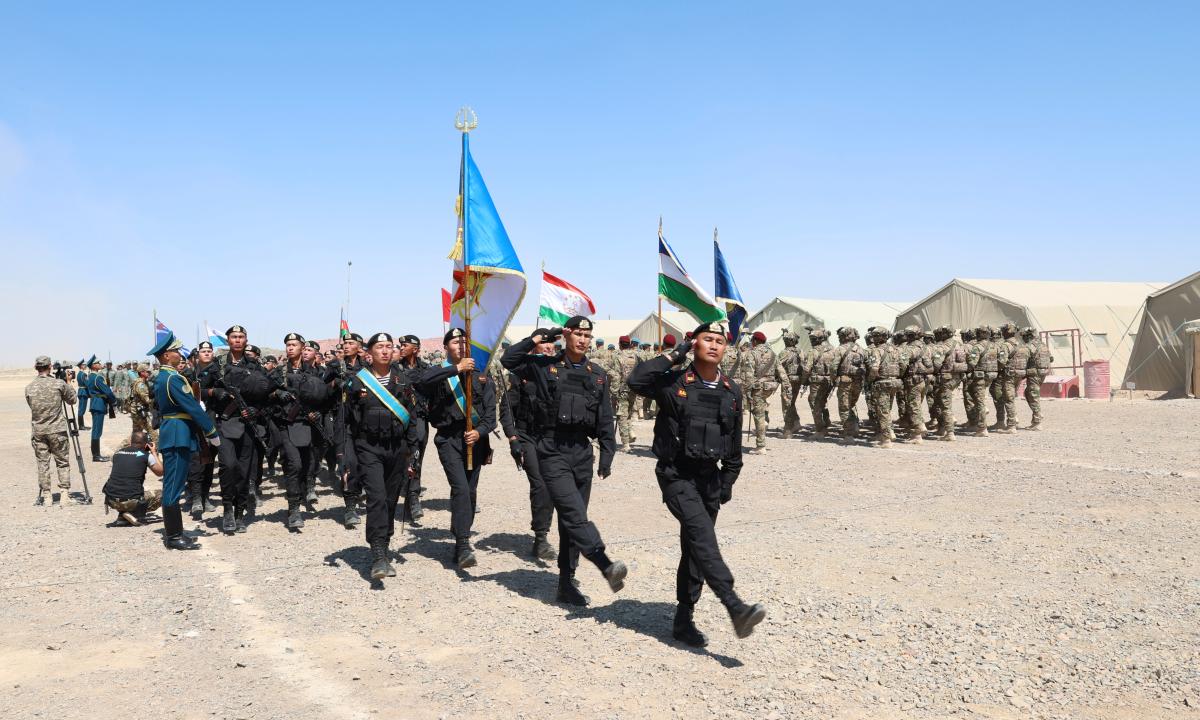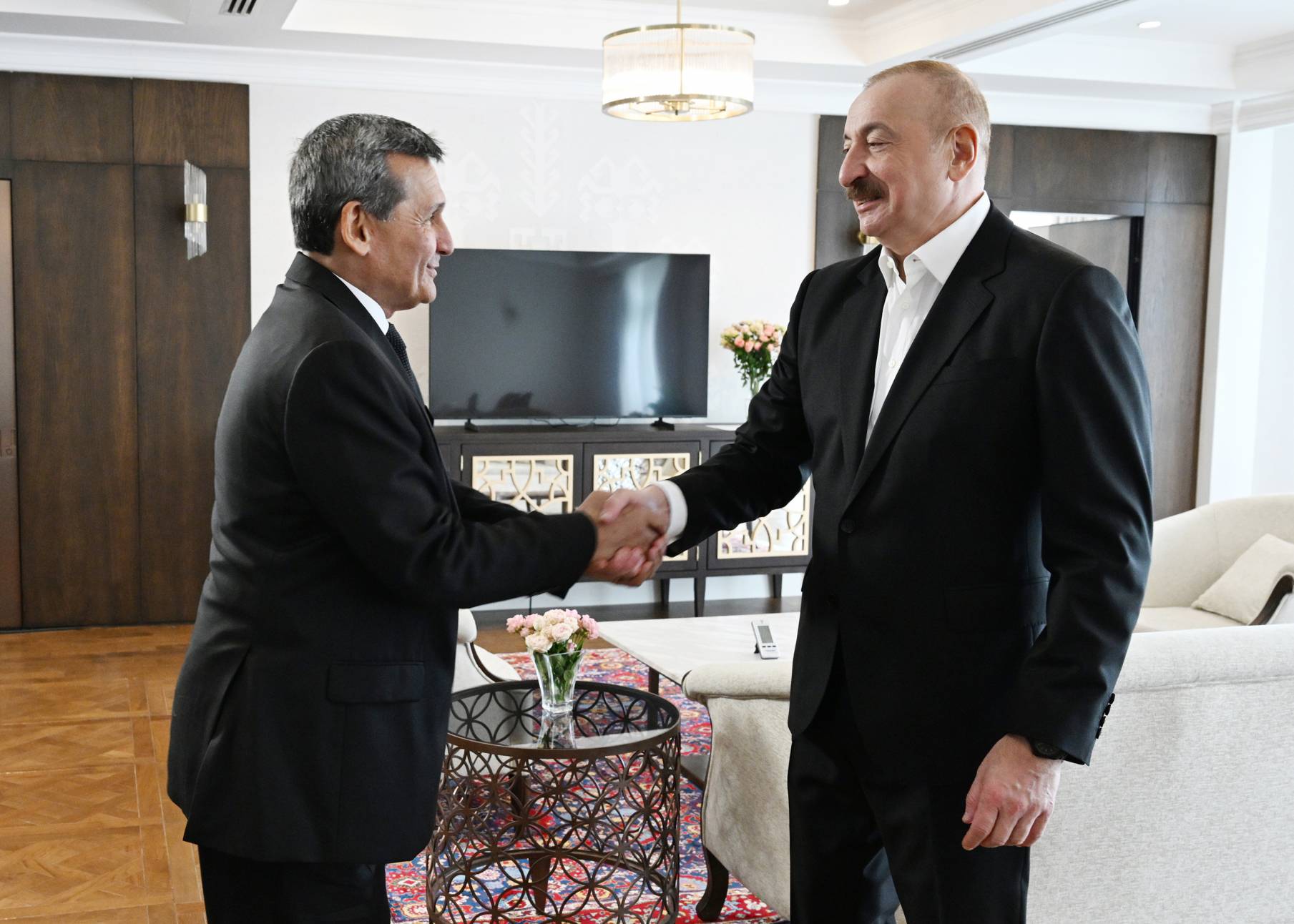
Leadership Shuffle in the Kazakh Armed Forces: What Is Behind the Changes?
Leadership Shuffle in the Kazakh Armed Forces: What Is Behind the Changes?
Last month, President Nursultan Nazarbayev made several new appointments to the Armed Forces of Kazakhstan (Nomad.su, April 18). On April 18, Major General Kaidar Karakulov was promoted to commander of the Land Assault Troops of the Land Forces. Major General Dulat Adyrbekov now occupies Karakulov’s previous position in the Astana Regional Command. Askar Zholamanov became commander of the Missile Forces and Artillery; and Captain 1st Rank Saken Bekzhanov, a former deputy commander-in-chief of the Navy for logistics and armament, was promoted to the position of commander-in-chief, replacing Vice Admiral Zhandarbek Zhanzakov (Akorda.kz, April 18).
These staff changes garnered little interest both inside and outside the country. Interestingly, even the minister of defense, Colonel General Saken Zhasuzakov initially expressed no comments or public support for the changes; though he had approved this decision during his meeting with President Nazarbayev a weak earlier. On April 23, however, during Defense Minister Zhasuzakov’s working trip to visit the military garrisons in the cities of Karagandy, Almaty and Guards, he officially introduced the new commanders of the Astana Regional Command and the Land Assault Troops to the local military personnel (Sarbaz.kz, April 23), noting their skills and professional leadership. No ceremony of this kind happened with the new commander-in-chief of the Navy.
Most of these recent appointments fit a standard pattern of service promotions. The conspicuous exceptions were the Navy’s former commander-in-chief, Vice Admiral Zhanzakov, as well as the previous commander of the Missile Troops and Artillery, Major General Lut Alchekenov. These two officers were removed from leadership positions, with no further rotations announced for them.
Additionally, Kazakhstan’s Armed Forces follow a standard procedure for rotating commanders of the country’s four regional commands—Astana, South, West and East. The Current Astana Regional Command head, Major General Adyrbekov, was previously commissioned to the South and West commands. Meanwhile, the commander of the Land Forces was last replaced in 2016, while the position of the commander of the Navy had not been changed since 2009.
The fact that these personnel reshuffles primarily affected the command of the Land Forces and the Navy implies that they were made with an eye toward fulfilling the provisions of the recently adopted Military Doctrine of Kazakhstan. The Doctrine specifically called for building resilient and capable Land Forces and Navy in order to protect national security and the country’s borders in a shifting security environment (see EDM, October 23, 2017). Indeed, Defense Minister Zhasuzakov has introduced changes to the military command in line with the national security strategy—that is, to strengthen border management and territorial integrity. He has also been pushing new initiatives that will better support the social and economic welfare of members of the Kazakhstani military. Tellingly, Kazakhstan has had to contend with attrition among its air force pilots who left to earn more money in the commercial aviation sector (Zakon.kz, April 9).
The logic behind all these command rotations and reforms goes beyond routine personnel replacement or reactionary fixes. President Nazarbayev has long emphasized that Kazakhstan wants to avoid revolution or the kind of crisis situation and war that Ukraine has been experiencing since 2013/2014. In addition, Kazakhstan’s Military Doctrine specifically raises the possibility of a threat to the country’s territorial integrity and sovereignty coming from Russia, which necessitates the strengthening of regional commands in the north-central oblasts of Akmola, Karagandy, Kostanay, Northern Kazakhstan as well as Pavlodar.
In December 2017, the Kazakhstani defense ministry changed the commander of the West Regional Command to better protect the country’s maritime boundary. Among the Kazakhstani Navy’s core tasks are providing maritime security for domestic purposes, protecting offshore energy projects, and fighting against piracy and terrorism on the Caspian Sea. The timing of the dismissal of the recent Navy commander-in-chief, Zhanzakov, is quite telling. He was relieved of command soon after giving an interview regarding security challenges and vulnerabilities of Kazakhstan’s portion of the Caspian Sea. Speaking with the news outlet Caravan, Zhanzakov declared that the military potential of Turkmenistan’s Navy had already surpassed its Kazakhstani and Azerbaijani counterparts—to say nothing of the overwhelming relative might of the Russian Caspian Flotilla in the region (Caravan.kz, April 9).
At the strategic level, President Nazarbayev usually replaces his ministers of defense every two to three years. And the sitting defense minister, Colonel General Zhasuzakov, will have served for two years at the head of the ministry as of September 2018. The exceptions to this rule were General of the Army Mukhtar Altynbayev (held the office of defense minister for a cumulative total of nine years, 1996–1999 and 2001–2007), Adilbek Dzhaksybekov (five years, 2009–2014) and Serik Akhmetov (only six months, April–October 2014). One of the likely candidates to be the next minister of defense of Kazakhstan is Colonel General Murat Maikeev, a former commander of the Land Forces and the current first deputy minister of defense.
The Kazakhstani Ministry of Defense under Colonel General Saken Zhasuzakov has been working hard on establishing resilient and capable Armed Forces, creating favorable and attractive conditions for service (including military education and social and economic benefits, like better wages, housing and medical insurance), as well as enhancing the prestige of the military. But despite these positive steps, concerns remain among the political leadership that too little progress had been achieved to date on strategic planning and implementing the newly adopted military doctrine. The leadership reshuffles in the Armed Forces should thus be seen as part of the efforts to complement the defense ministry plans to improve the country’s ability to withstand unstable geopolitical changes within its neighborhood.


